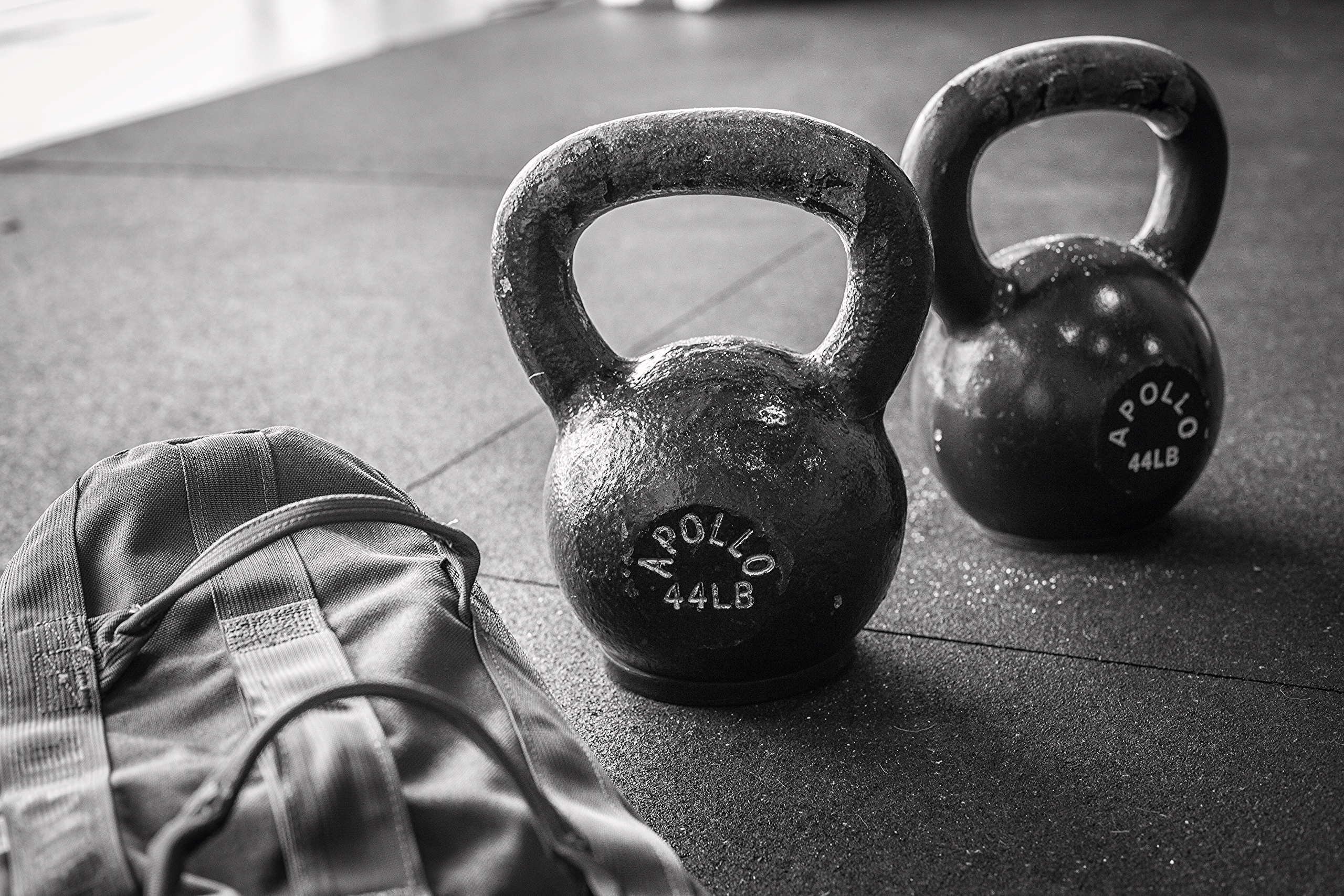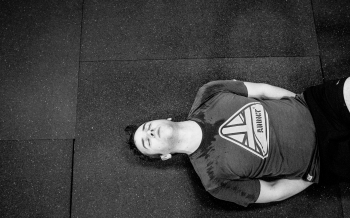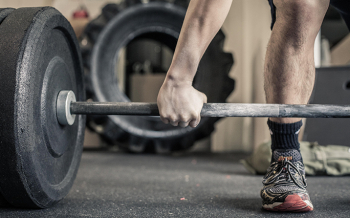Home / Shop / Online Training / General Fitness /

Lower Extremity Injury
- Protocol aims to maintain strength, work capacity, and and painless range of motion during recovery from a lower extremity injury.
- 15 training sessions using equipment found in most commercial and garage style gyms.
- This protocol can be adapted depending on your load and volume tolerance.
$39.00
PROTOCOL OVERVIEW
This 15 training session protocol is designed specifically for the athlete who has recently suffered a lower extremity injury, is still in the acute/inflammation phase, and does not have use of the affected limb. Not to be confused with a rehabilitation program, the goal of this training protocol is to maintain general strength and endurance during the recovery process.
METHODOLOGY
No specialized equipment will be needed as all circuits and movements can be completed with standard gym equipment. Depending on the nature of the injury(s), some thought will have to be put into setting-up, range of motion, and loading and transitions depending on the nature of your injury.
Some movements utilize "difficult but manageable" or DBM for loading which means you should use a weight that challenges you, but still allows for pain-free movement and proper technique overall. If you're having a hard time maintaining your form due to the weight being used or pain, lower the weight, completing each movement safely and properly should be your main concern.
DISCLAIMER
The information presented in this work is by no way intended as medical advice or as a substitute for medical counseling or injury rehabilitation. The information should be used in conjunction with the guidance and care of your physician. Consult your physician before beginning this program as you would with any exercise or nutrition program. If you choose not to obtain the consent of your physician and/or work with your physician throughout the duration of your time using the recommendations in the program, you are agreeing to accept full responsibility for your actions.
By continuing with this protocol you recognize that despite all precautions on the part of Epoch Ascent, LLC, there are risks of injury or illness which can occur because of your use of the aforementioned information and you expressly assume such risks and waive, relinquish and release any claim which you may have against Epoch Ascent, LLC and its representatives, or its affiliates as a result of any future physical injury or illness incurred in connection with, or as a result of, the use or misuse of this protocol.
Commercial and garage gym equipment will work with this protocol. Suggested equipment includes:
- 35-45# Barbell – with enough bumper plates to reach at least 50% of your 1RM, and a squat rack are needed with this option
- Kettlebells – 2×12-16kg for men, 2×8-12kg for women
- Dumbbells – 2×25-35lb for men, 2×15-25lb for women
- 16-18″ step-up/plyo box
- Pull-up bar [TRX system]
- Soft tissue implements [foam roller] for recovery work [optional]
- 2×2.5-5lb plates [or objects of similar weight] for durability work [optional]



